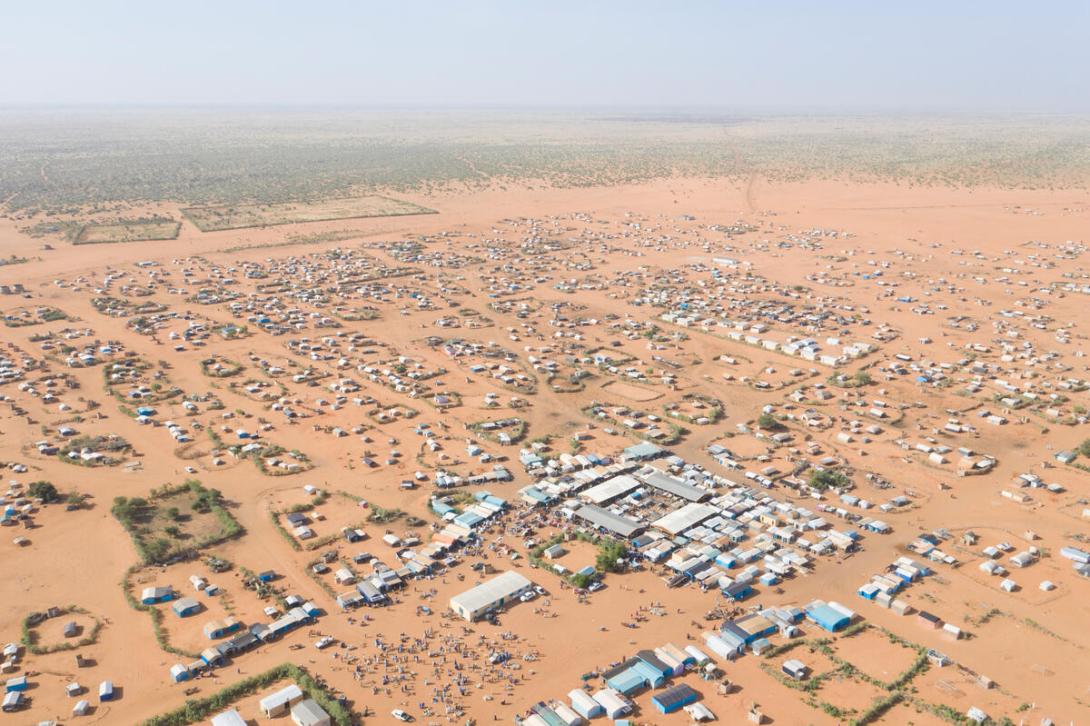People are trying to adapt to the changing environment, but many are being forcibly displaced from their homes by the effects of climate change and disasters, or are relocating in order to survive. New displacement patterns, and competition over depleted natural resources can spark conflict between communities or compound pre-existing vulnerabilities (UNHCR). A new term has even been coined to designate people affected by natural disasters of climate change: climate refugees.
Every year, floods, storms, earthquakes and other natural hazards force millions of people to abandon their homes – more than conflict and other forms of violence. (IDMC)
Despite this, legal protection of people driven out of their homes and countries due to environment-related causes is still flawed, with no legal definition describing their status and no specific international body monitoring the protection of their rights – concerns that were raised at a recent hearing at the European Economic and Social Committee (EESC).
According to figures by the Internal Displacement Monitoring Centre, (IDMC) natural disasters were the reason behind the displacement of over 17 out of 28 million people who fled their homes worldwide in 2018. Of those, 16 million displacements were due to weather-related events such as storms, floods, typhoons and hurricanes. The number for 2019 was likely to top 20 million.

Credit: © UNHCR/Colin Delfosse
Global Report on Internal Displacement 2021 (IDMC)
IDMC’s Global Report on Internal Displacement is the official repository of data and analysis on internal displacement. This year's GRID discusses the relationship between climate change, disasters and displacement, and presents good practices from across the globe in advancing policy, displacement risk reduction and effective response.
